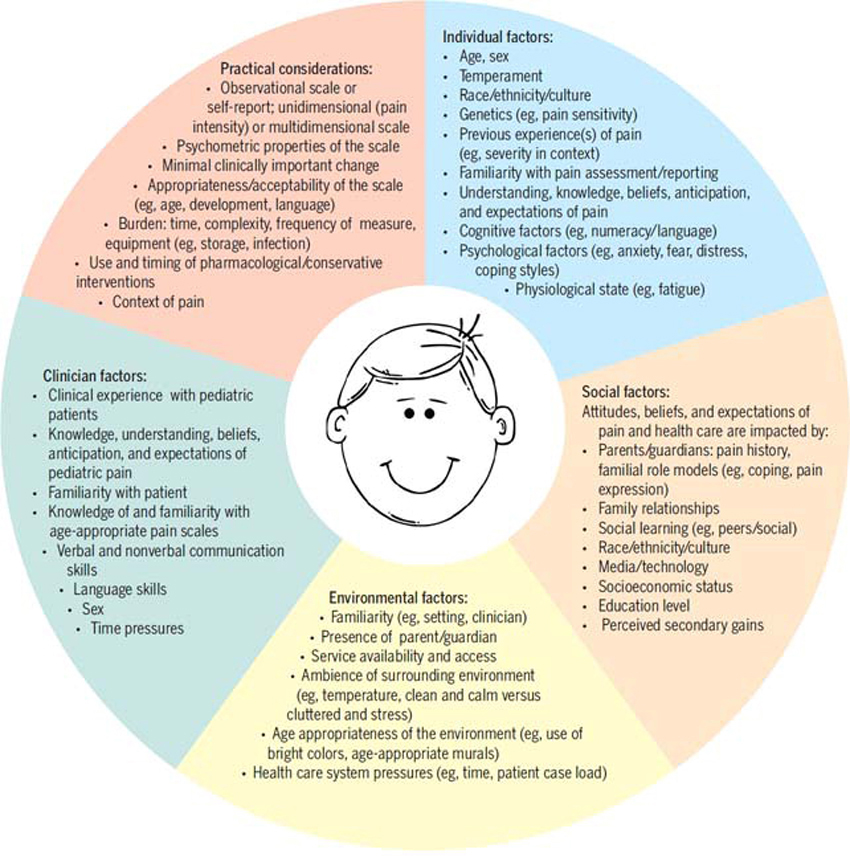A Case Report of Improved Behavior and a Reduction in Violent Outbreaks in a 10-year-old Boy With Chiropractic Care
SOURCE: Journal on Clinical Chiropractic Pediatrics 2014; 14 (3)
Jonathan R Cook, MChiro, DC, LRCC
Private chiropractic practice,
United Kingdom Author
jon.chiro@gmail.com
Objective: To present a single case study in which a reduction in violent behavior with a 10-year old boy was achieved when the patient underwent chiropractic treatment.
Design: A case report. Setting: Private chiropractic practice.
Subjects: This case involved a 10-year-old male who presented with behavioral issues, including dramatic changes from a calm manner, to suddenly becoming violent. He was also reported to have difficulty sleeping due to emotional detachment disorder and frequently suffered from panic attacks. His mother also reported that he had difficulty noticing when he was sufficiently full following eating. His behavioral changes caused him to be suspended from school. Upper cervical, thoracic and lumbopelvic dysfunction were recorded in this case.
Methods: The patient received diversified low-force chiropractic manipulation to the spinal areas noted, including toggle-recoil and drop piece technique. His changes were recorded through the Measure Yourself Medical Outcome Profile (MYMOP) questionnaires over the course of his treatment. Treatment was provided over a 4-week, twice weekly period, with a MYMOP questionnaire being filled out after his 3rd, 6th and 8th adjustment.
Results: A reduction in a MYMOP score of 6/6 to 1.6/6 for behavior and violent outbreaks after 8 chiropractic adjustments. Further improvements were noticed with sleep and anxiety, as well as a dramatically improved awareness of feeling full after eating.
There are similar articles like this @ our:
Discussion: This case suggests a possible association between the development of spinal segmental dysfunction and consequential manifestation of behavioral disorders. It also highlights the use of the MYMOP questionnaire in cases outside of musculoskeletal pain syndromes, especially where evidence may be limited or where there may not be an existing tool to measure change.
Key words: chiropractic, pediatrics, behavior, violence, spinal manipulation.
From the FULL TEXT Article:
Introduction
Previous research into the relationship between behavioral problems and chiropractic has focused on children diagnosed with behavioral disorders such as autism and ADHD. There appears to be no previous research amongst the literature that involves children that are yet to be diagnosed, or who have been shown not to be suffering from autism or ADHD, but still have behavioral problems. A search of PubMed and Index to Chiropractic Literature (ICL) was carried out using the keywords in various combinations: chiropractic, pediatrics, behavior, violence, adhd and autism. As of September 2014, there were no previous studies of any evidence level that were similar to this case.
In general, chiropractic research in pediatrics has been focused on the younger child, under 12 weeks of age, with most common presenting complaints being that of a musculoskeletal origin, and excessive crying. [1] Even in this demographic, research was previously criticized as being weak, but further developments including a single blind pragmatic RTC on excessive crying helped bolster this evidence. [2] Furthermore, there is an apparent dearth of clinical trials related to chiropractic and pediatrics, with many existing studies being of low evidence. [3]
Read the rest of this Full, Text article now!






Leave A Comment